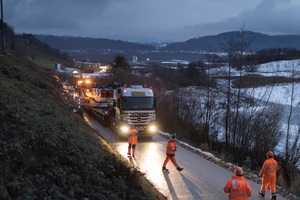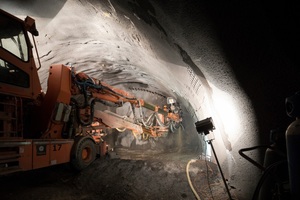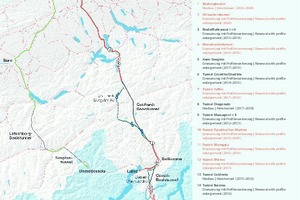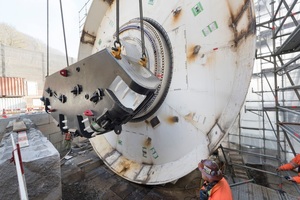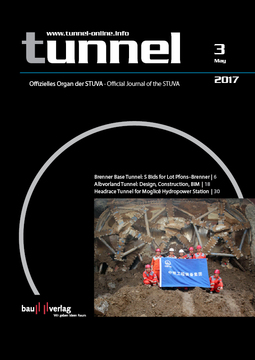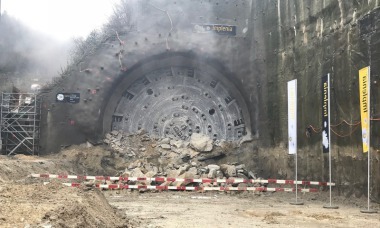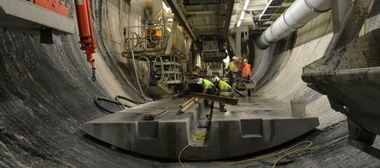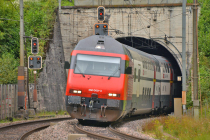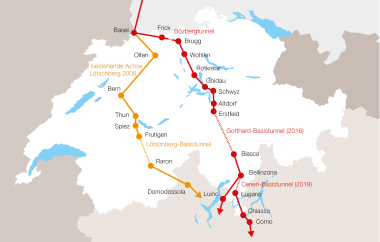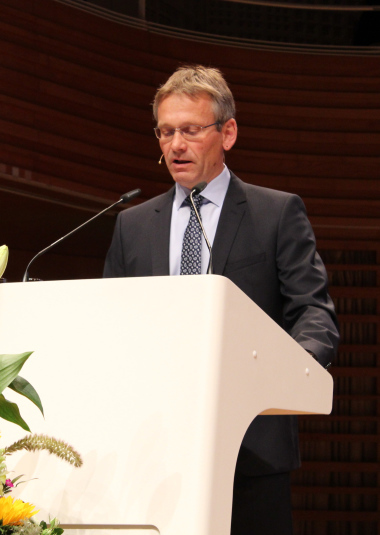Bözberg Tunnel-TBM should start drive in May
Swiss Railways (SBB) plan to provide a 4 m corridor along the entire Gotthard axis by 2020 in order to be able to transport semi-trailer (articulated) trucks with a height of 4 m by rail. For this purpose, the Swiss parliament approved a credit of 710 million Swiss francs in 2013. The new building of the Bözberg Tunnel in the canton Aargau is the largest individual project with an investment sum of about 350 million Swiss francs. In addition to the existing two-track Bözberg Tunnel, a new two-track tunnel almost 2.7 km long is being built parallel to the existing tunnel.
After the opening of the new structure in 2020, the old tunnel will be converted to a service and escape tunnel. Five cross passages between the two bores will then serve as emergency exits.
New Tunnel under Construction since Autumn 2016
Drill and blast tunnelling started in autumn 2016. Working three shifts, a distance of 168 m has been conventionally excavated in soft ground; the workers advanced about 3 m each day.
The main drive of the tunnel is planned from May 2017 with a tunnel boring machine (TBM) from Herrenknecht working from the installation area in Schinznach village at the south portal to the north portal in Effingen. Since the beginning of the year, the components of the machine have been transported in more than 100 individual loads from the manufacturer‘s works in Schwanau to the installation area. When the assembly of the machine on site has been completed, the 90 m long TBM with a diameter of 12.36 m should then be able to achieve an advance rate of about 22 m per day.
If everything runs according to plan, the mechanised drive should be completed by 2018. The five cross passages will be excavated by drill and blast with a delay. The two portals will be constructed by cut-and-cover in 2018, followed by the completion of the lining and installation of railway equipment with rigid overhead conductor rail and slab track.
The TBM drive will produce roughly 540 000 m³
of excavated rock. This muck will first be cleared on a conveyor belt to the intermediate storage site at Elbis and then transported by rail from the south portal to the Oberegg quarry in Auenstein, beginning in early 2018. Originally, transport by truck was planned – the changeover to rail transport should replace more than 56 000 truck journeys.

